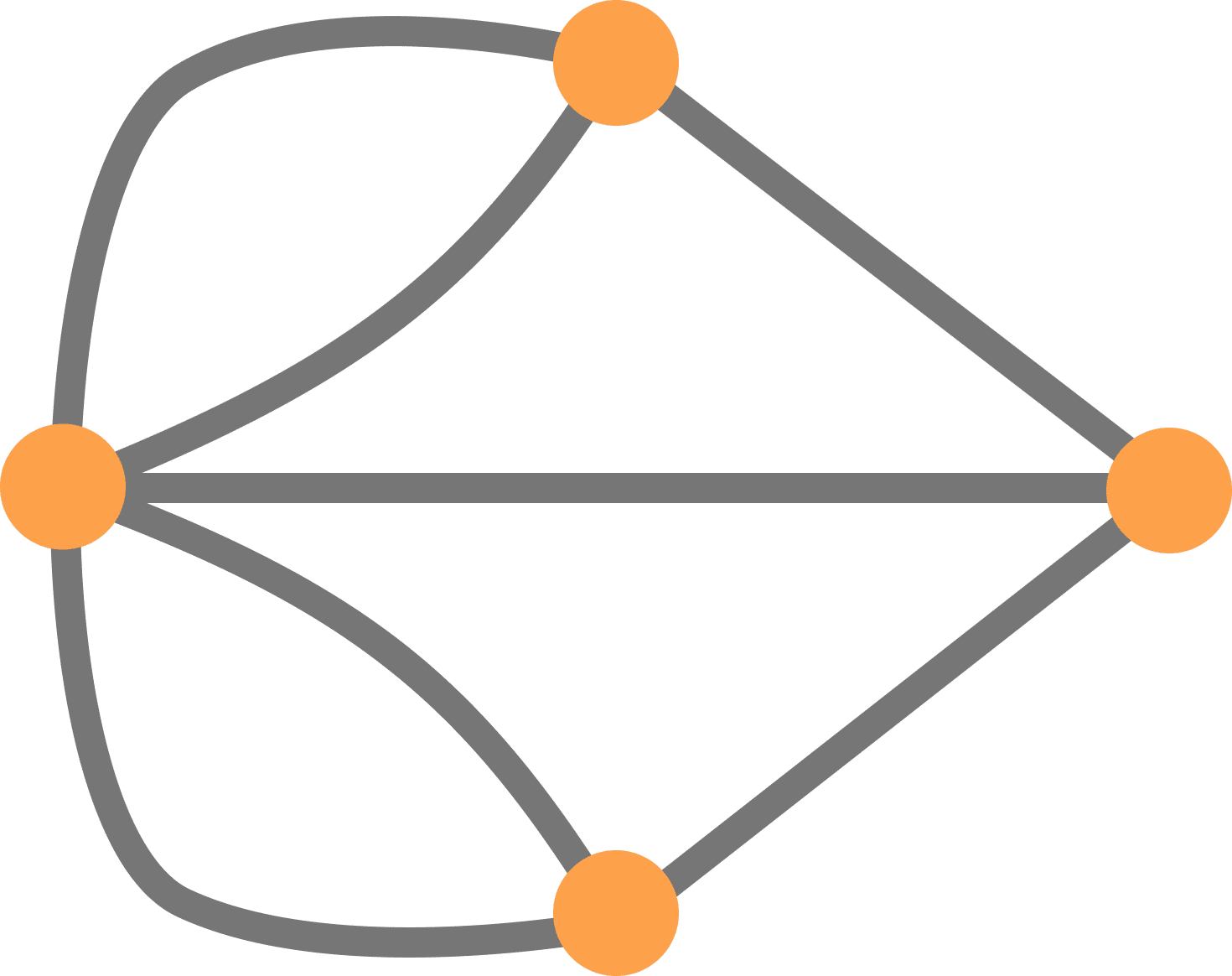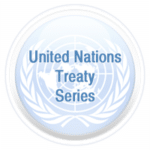This course offers a comprehensive and progressive coverage of the critical science of biostatistics. It generally follows Epidemiology, the two topics being closely related. Biostatistics tools (software) are studied in a separate course.
Biostatistics is concerned with applying statistical methods and mathematical principles to analyze and evaluate research data in public health, medicine, environmental science and biology. By using statistical concepts, biostatistics interprets experimental results and collected data, then provides explanations and recommendations as a result of their research.
- Credit value: 3 (US standard) | 6 (ECTS standard)
- Indicative duration (full time): 4-6 weeks
- Indicative duration (part-time): 5-8 week
- Certificate: Yes
Academic Guidelines (HQ version)
Academic Guidelines (most recent version even if unofficial)
Student Orientation Guidelines (most recent version even if unofficial)
Zotero instructions for EUCLID students
Grammarly instructions for EUCLID students
- explain sampling errors
- discuss parametric and non-parametric tests
- explain the use of t-test and f-test, etc
- discuss regression, cooperation and ANOVA
- discuss the precise meaning of p-value with examples
- discuss type I and type II errors
- articulate steps and methods related to biostatistical analysis in public health.
Course Content
Periods
Status







